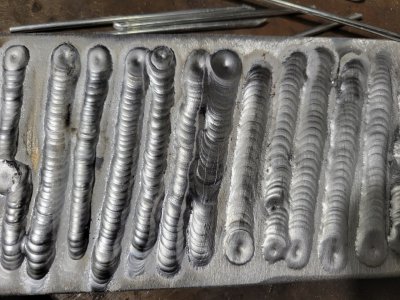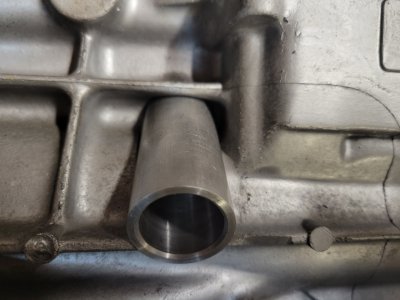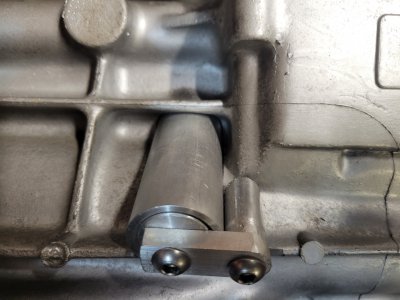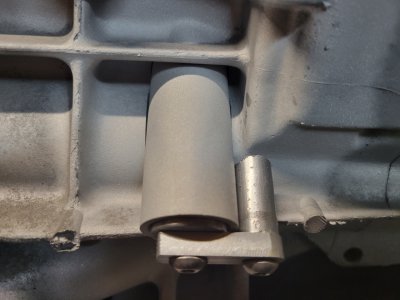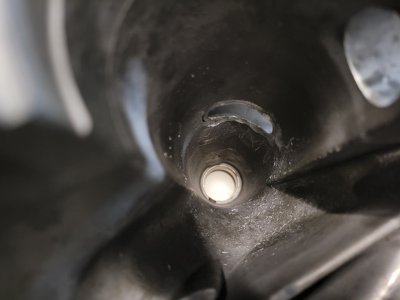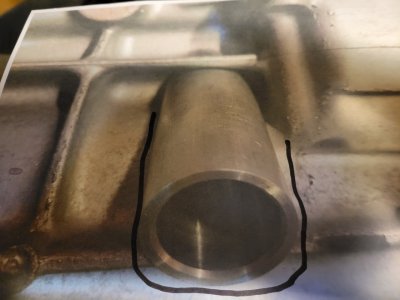Well it's technically a "metal art" class. You can use any of the equipment you want to as long as your using it safely. I chose tig. Later I may try mig, or some stick.
There is one lady in there that brings in stacks of scoop shovels and cuts patterns in them, I'm assuming to sell. I didn't think you could make parts to sell there, but it's not any of my concern.
Everybody knows everyone, all of them have been taking the class for a long time and are surprised a new guy (me) actually got a spot. They cap it at 10 students. Awhile back I donated an old stove to the program for them to use doing powder coating and the guy instructor that's missing got me in I believe. So I got rid of the stove for free, going to a good cause, and got in the class. A win, win, win for me.
I'll practice maybe this weekend, the pyrex gas saver stuff will be in today. I'd practice today but I'm going to the muffer shop to get the tail pipes fitted up and welded on my nova.


